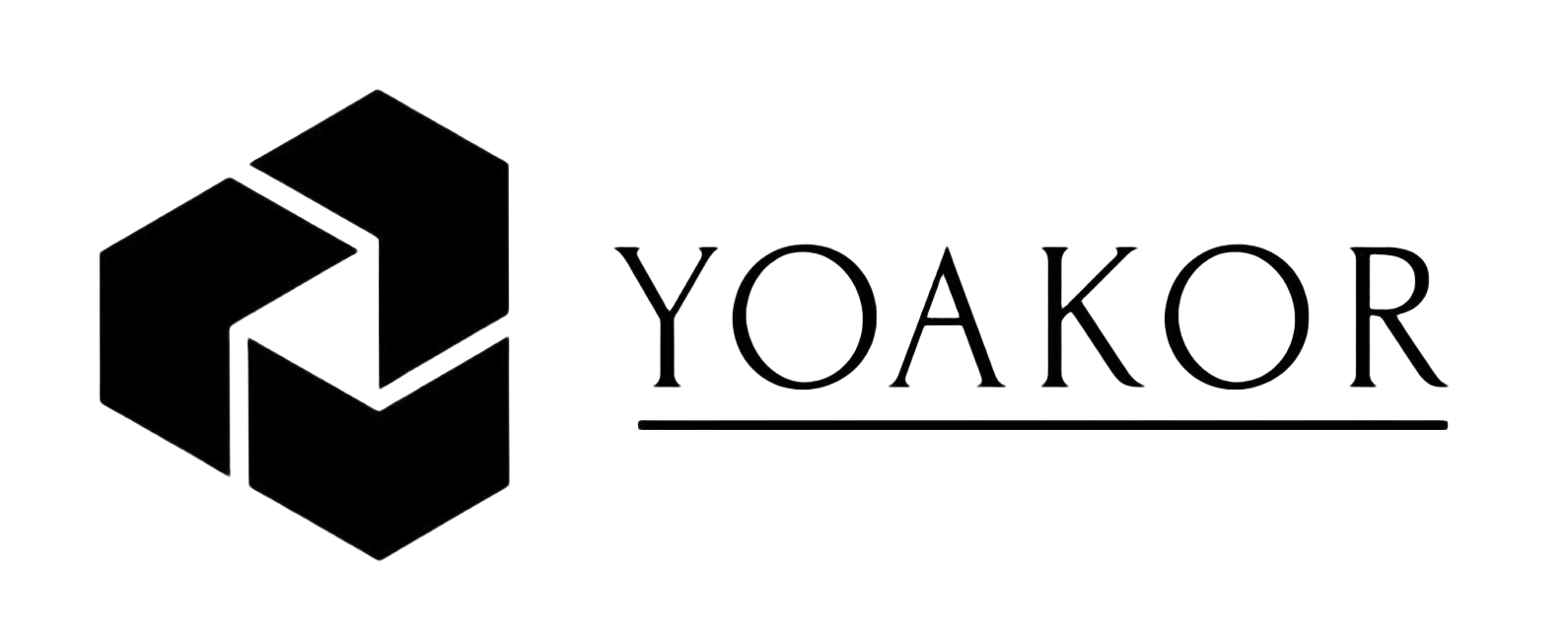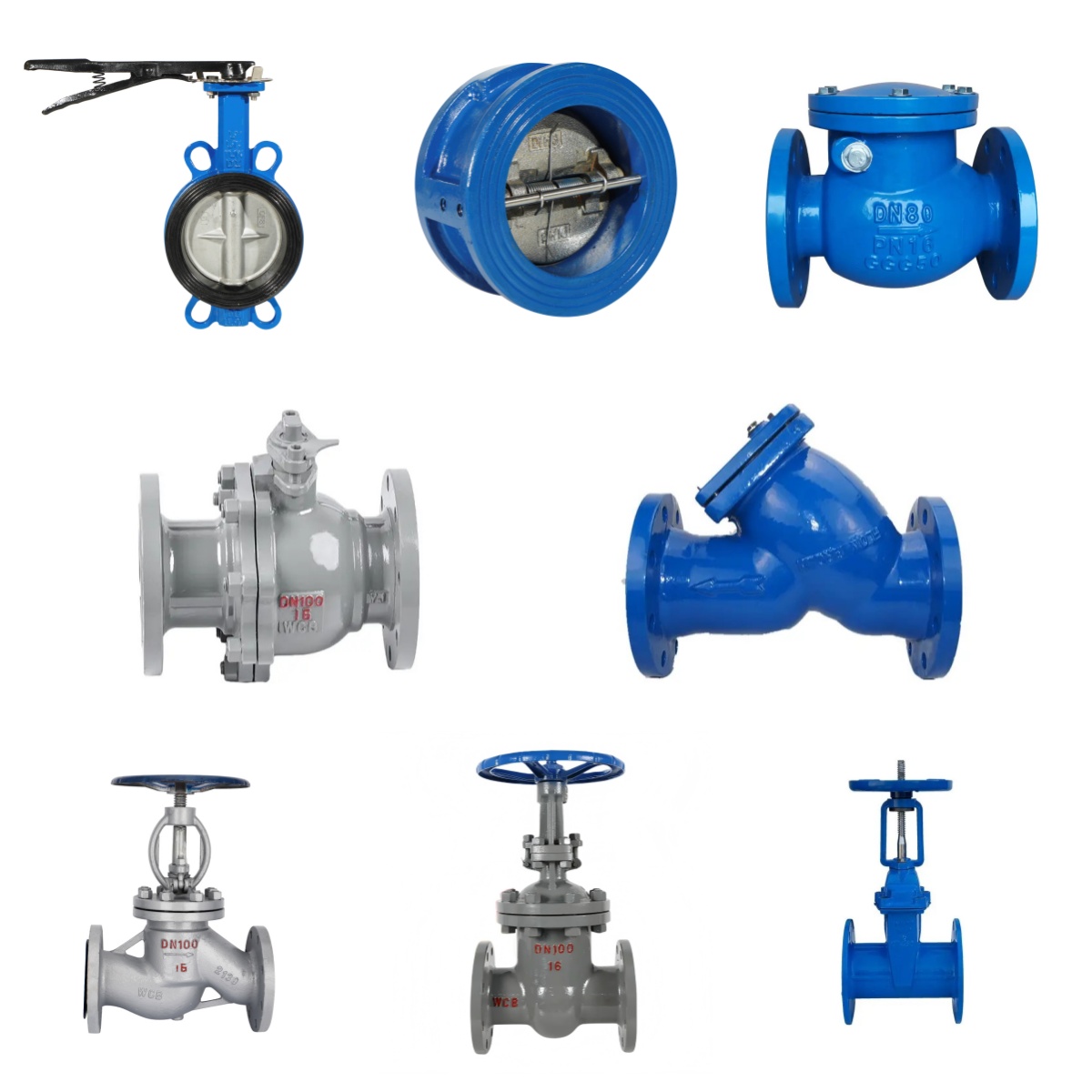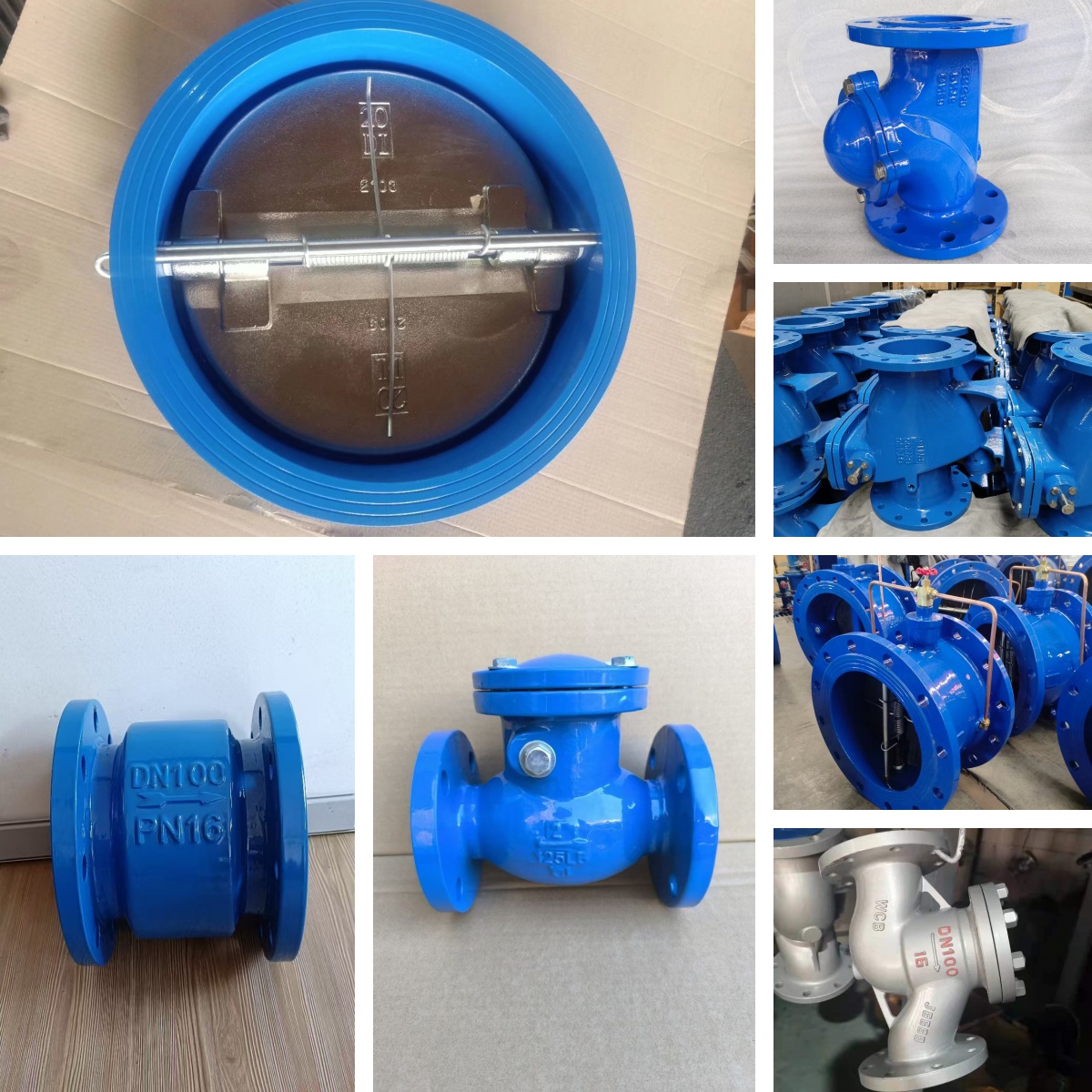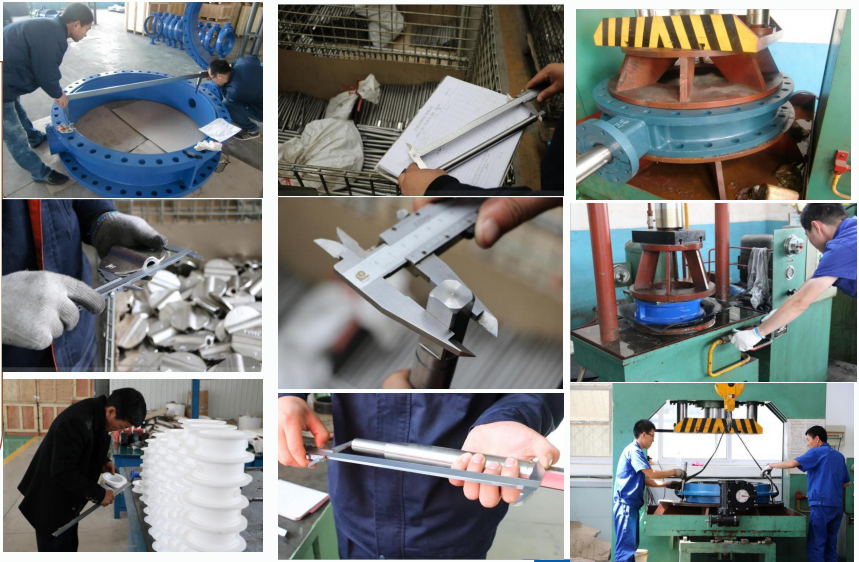1. Hazards of valve impurity blockage
Equipment damage and reduced efficiency
Impurity blockage can cause valve blockage or inflexible movement, increase operating torque, and even make it impossible to open and close. Long-term blockage may cause wear of the valve core and valve seat or damage to the sealing surface, resulting in internal or external leakage, affecting system efficiency. For example, impurity deposition in chemical pipelines may cause the control valve to fail and lead to uncontrolled production parameters.
Safety hazards
Blockage may cause abnormal increase in pipeline pressure and increase the risk of bursting; leakage of corrosive media will threaten the safety of operators and pollute the environment. For example, if impurity blockage in steam pipelines is not handled in time, it may cause valve bursting.
Increased maintenance costs
Frequent cleaning or replacement of valve components will increase downtime and maintenance costs. For example, a chemical plant shut down its production line due to valve blockage, with direct losses of tens of thousands of yuan.
Deterioration of system performance
Blockage will change the fluid properties, cause vibration, noise and other problems, and accelerate the aging of pipelines and valves.
II. Solutions
(I) Daily preventive measures
Install a filter device Install a pipeline filter upstream of the valve to intercept solid particles (such as welding slag, iron filings, etc.), especially suitable for working conditions with particle-containing media. Clean the filter regularly to avoid secondary blockage.
Optimize the medium characteristics and adjust the medium flow rate or pressure to reduce the deposition of impurities. For example, adopt a flow-closed valve body design to use the medium flushing ability to remove sediment. For easy crystallization or corrosive media, corrosion inhibitors or diluents can be added.
Regular maintenance and lubrication
Check the wear of the valve stem and valve core every quarter, and clean the dirt in the valve cavity. Apply high-temperature resistant grease (such as molybdenum disulfide) to the valve stem to reduce friction resistance.
(II) Treatment when blockage occurs
Cleaning and unblocking
Manual cleaning: Close the valve and empty the medium, remove internal impurities after disassembly, and grind the damaged sealing surface.
External flushing: Inject steam or high-pressure gas through the sewage outlet to flush the blocked part (such as steam gate valve). Adjust valve structure
Replace valve core type: change straight-through valve to sleeve valve or angle valve, increase throttling gap and improve flowability.
Use corrosion-resistant materials: such as 304/316L stainless steel valve core to reduce the risk of blockage caused by corrosion.
Emergency treatment
Tap the bottom of the valve body to loosen the stuck parts, or switch to manual mode and operate slowly.
Defrost the frozen valve to avoid damage to the parts caused by forced operation.
(III) Long-term optimization plan
Intelligent monitoring and diagnosis
Install pressure and flow sensors to monitor the valve status in real time, and combine with vibration analyzer to predict the risk of blockage. Use intelligent diagnosis system to locate faults and reduce manual troubleshooting time.
Selection and design optimization
Select valve type according to medium characteristics: small-diameter medium containing particles is preferred to use sleeve valve; high temperature and high pressure conditions use forged steel valve.
Use anti-blocking design, such as streamlined valve body and "V"-shaped valve core with enlarged throttling area.
发送反馈
侧边栏
历史记录
已保存








